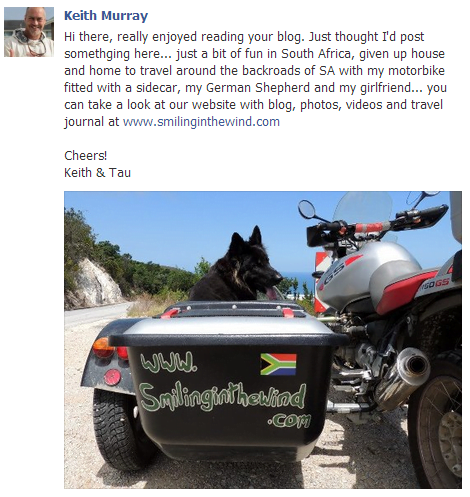In more ways than one.
Look, we’re not going to die just by eating water buffalo, goat or donkey. We might die because the meat processing plants have been breaching other regulations that we didn’t know they were either though.
But since we haven’t died yet (and here, I’m speaking for myself), it seems unlikely that that’s actually the case.
So let’s not get carried away here.
But, as long time reader, first time emailer Richard Atkinson pointed out when sending me the Stellenbosch paper – that’s not the only ridiculously sensitive problem here:
They use mtDNA PCR for species typing of the samples. My biggest criticism is how ridiculously sensitive that technique is. They would be picking up contamination from an animal that was slaughtered in the same area, or processed with the same equipment. This would obviously be a problem if found in Halaal/Kosher meat, but they never specifically state that they found contamination in those meats, which is something I’m sure they would have harped on about at length if they had to help drive the PR machine.
It’s a very reasonable point, and furthermore, there’s no mention of any controls on the methods they used (which would have raised alarm bells and prevented Richard’s concerns).
Not to go into too much detail, but mtDNA PCR is a method of analysis which could detect even the tiniest amount of DNA and present it as a possibly significant result. Which is a good thing, because there rightly shouldn’t be any “foreign” DNA in your “100% beef” mince, so the fact even a minute amount of “foreign” DNA can be detected makes the test sensitive. Sensitivity is good.
However, given that abattoirs generally don’t work solely with one species of meat, there’s likely to be a lot of DNA floating around in the areas in which our meat is processed, and it’s entirely likely that some of it may have found its way into “other meat”.
And here, over-sensitivity is bad.
So from that point of view, maybe we shouldn’t be reading too much into the results of this study. Except to perhaps question the donkey (not literally, because he’s dead and he couldn’t talk he was alive). While beef, pork, chicken and even goat and water buffalo are recognised foodstuffs in SA; donkey isn’t. So Eeyore – described in the paper as “undeclared donkey” – shouldn’t be in there:
Perhaps of greatest concern from a regulatory, health and ethical standpoint was the detection of undeclared donkey (E. asinus) in one meat sample sold in KZN as ‘quality sausage’, for which the only animal species declared was beef. Since donkey is not a species commercially processed for human consumption in South Africa, there is a high probability that this indicates a further case of intentional substitution for economic gain.
Although to be fair to the food labellers, it does appear that they never stated that the ‘quality sausage’ was good quality sausage.


